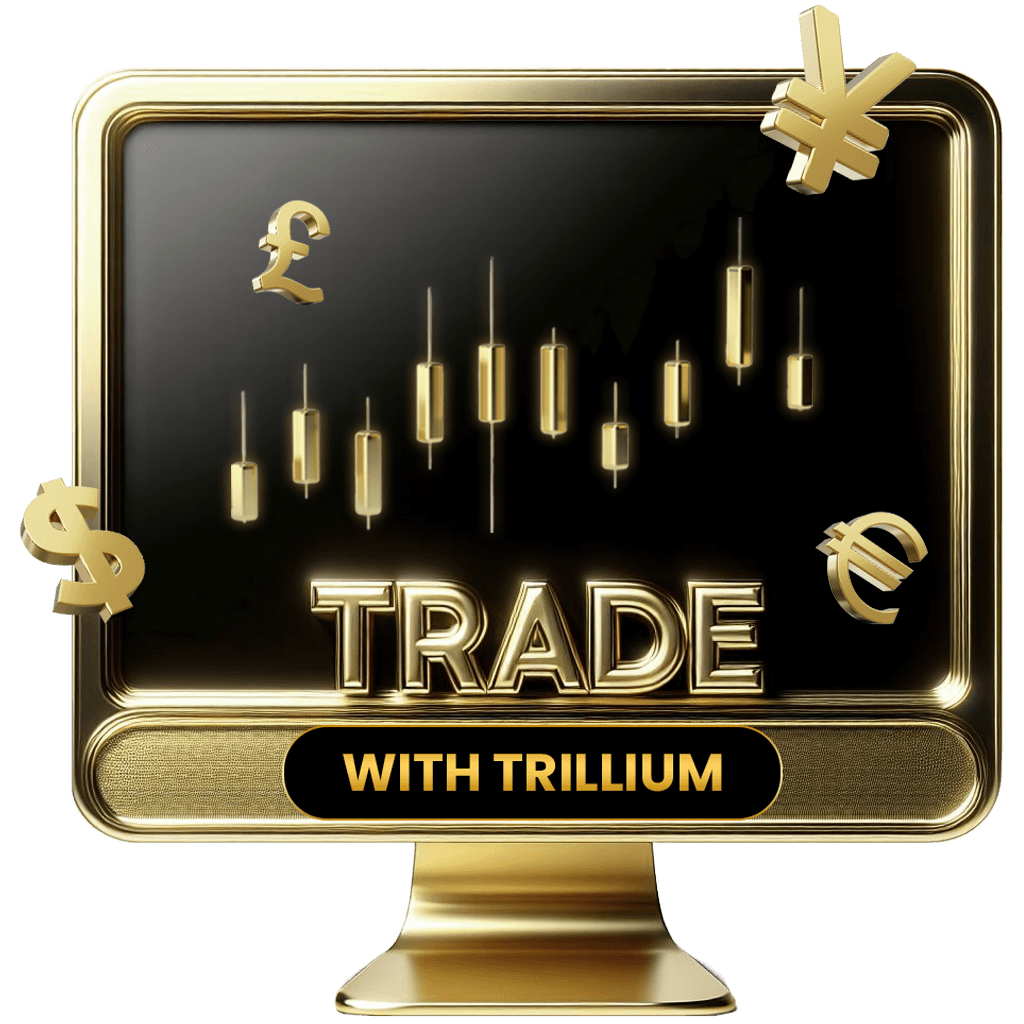When it comes to online trading, MetaTrader platforms have become a cornerstone for worldwide traders. MetaTrader 4 (MT4) and MetaTrader 5 (MT5) are two of the most popular platforms used for performing trades, analyzing markets, and managing portfolios.
Whether you’re just starting your journey of trading or an experienced pro, choosing the right platform can have a significant impact on your trading experience and success. Let’s dive into the key differences through this article and help you determine which platform best suits your style.
Overview of MetaTrader 5 vs MetaTrader 4
When it comes to choosing one platform between MetaTrader 5 and MetaTrader 4, the decision often comes down to what type of trader you are and what tools you need.
- MetaTrader 4 (MT4) has been a favorite of beginners for a long time due to its simple layout, lightweight structure, and focus on currency trading. It’s straightforward, easy to get the hang of, and gets the job done if you’re just starting out or prefer to keep things basic.
- On the other hand, MetaTrader 5 (MT5) is like the upgraded version that is built with more advanced needs in mind. It offers more order types, deeper market data, a broader range of assets, and faster effects—features that appeal to traders who manage diverse portfolios or rely on detailed technical tools.
While both platforms come from the same family, MT5 is built for those ready to go one step further.
Sure! Here’s a humanized version of the section “Comparison Between Key Features of MetaTrader” that aligns with your boss’s instructions. Each point is concise (2–3 lines), clear, and written for an adult audience — no fluff, no cheesiness.
Comparison Between Key Features of MetaTrader
To understand which platform fits your needs best, let’s break down the key features of MetaTrader.
- Usability and User Interface
MT4 offers a simple setup which is ideal for beginners, while MT5 has a more advanced layout that suits those already familiar with trading platforms. MT4 keeps it simple with essential tools upfront. MT5, on the other hand, offers a more flexible interface with added depth for those who want more control and data immediately.
- Speed and Performance
MT5 generally runs faster and handles more data without falling back, especially when placing multiple orders or running complex scripts. While MT4 is stable and trusted, MT5 is built to handle higher demand with improved operation time during busy market sessions.
- Supported Markets and Asset Types
MT4 focuses mainly on currency pairs, while MT5 expands access to other markets like stocks and commodities—making it more flexible for broader exposure. MT4 is built for currency-focused activity, while MT5 supports a mix of assets including futures, shares, and indices—all from one platform.
- Customizability and Third-Party Integrations
MT4 has a large community of custom tools, but MT5 steps it up with more advanced coding possibilities and multi-threaded processing for expert advisors. Both allow third-party plugins, but MT5 is more seamless when it comes to syncing with external tools or analytical software.
- Costs and Fees
Costs like spreads and commissions depend more on the broker than the platform, but both MT4 and MT5 are structured similarly in that regard. Both platforms are free to download and use, though dealers may offer extra features or premium add-ons depending on account type.
- Security and Safety Features
Both are equipped with strong and secure protocols of login and help to keep the user data and account access protected. MT5 offers slightly more flexibility with risk tools like advanced stop orders and depth of market visibility, giving users an edge in fast-moving conditions.
How MetaTrader Stands Among Forex Trading Platforms?
When it comes to selecting a platform for currency market participation, MetaTrader consistently stands out—and for good reason. Whether you’re just getting started or have years of experience, a user-friendly space packed with powerful tools. Compared to many other platforms, MetaTrader provides a cleaner interface, faster execution, and a wide selection of charting features that help users to stay informed without being overcome.
What sets it apart is the balance between simplicity and depth—it doesn’t put too much at you all at once, but it’s got everything you need behind the scenes when you’re ready to go deeper. This kind of flexibility is exactly why MetaTrader remains a go-to choice in the crowded field of forex trading platforms.
Conclusion
Choosing between MetaTrader 4 and MetaTrader 5 comes down to your goals and how hands-on you want to be. At Trillium Financial Broker, we understand that the right platform makes all the difference—so whether you’re just starting out or ready to level up, there’s a MetaTrader version that fits your path perfectly.












